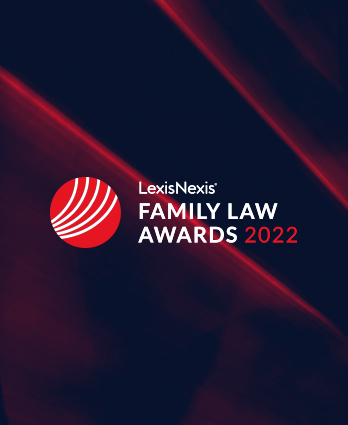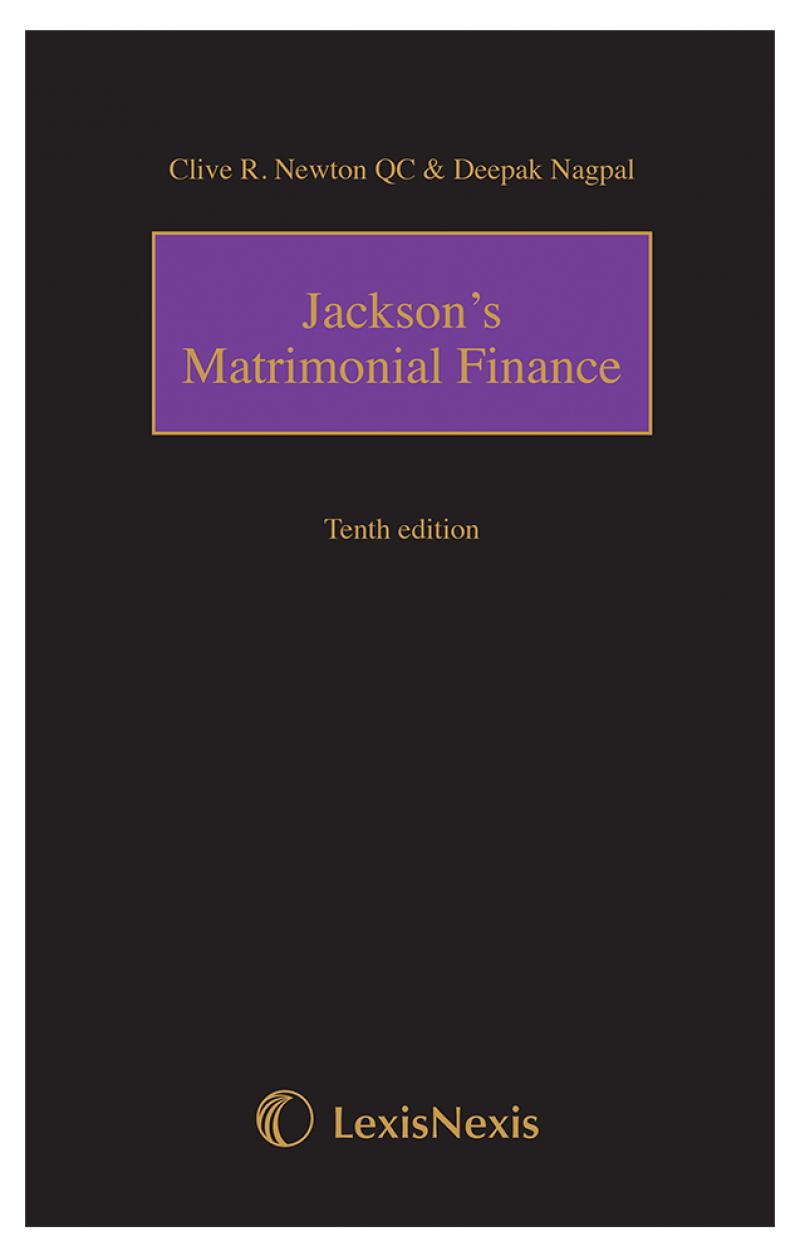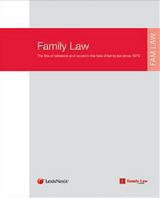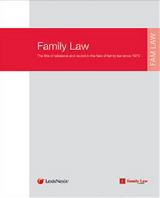- News & Comment
-
Online Shop
Online Services
Looseleafs
Law Reports
Books and eBooks
-
CPD & Events
Webinars
Events
- Authors
- About Family Law
- Contact












 12 NOV 2024
12 NOV 2024

 12 NOV 2024
12 NOV 2024

 12 NOV 2024
12 NOV 2024

 12 NOV 2024
12 NOV 2024

 12 NOV 2024
12 NOV 2024





'In predictive coding a senior lawyer well versed in the case reviews a small "seed set" of documents. Their decisions are then analysed by the predictive coding engine and used to generate a further sample output for review.BCLP also uses a number of other artificial intelligence products, as do other firms. Duthie & Co, for example, told LegalFutures that its robot lawyer, LISA, which currently prepares non-disclosure agreements, 'could be used in divorce cases and may in time be able to be used in the drafting of pre-nuptial agreements'. We shall see. But certainly legal process technology can already be used to reduce the cost of pre-nuptial agreements. This is innovation BCLP is currently developing.
Through a process of iterative refinement the algorithms can reach a level of review accuracy that can be applied across the entire data set, categorising documents by relevance or by issue in a manner that is more efficient and scalable than a traditional document review.'
'Wannabe lawyers across the nation will be sleeping a little less easily after the High Court backed an artificial intelligence-based predictive coding technique that allows documents to be reviewed by machines rather than humans. It could have huge implications for those entering the legal profession, who had traditionally cut their teeth on such work.'There is probably no need to worry. Family lawyers are not going to be replaced by algorithms or robots for the time being. Technology should be embraced and family lawyers should use artificial intelligence, as BCLP's real estate, disputes resolution and other teams are already doing, to enhance the quality of their work, driving efficiencies, improving accuracy, assisting with client retention (as well as client attraction), having the potential to reduce overheads and increasing profits.
'For the first six years they ignored and belittled the start-ups and simply hoped that the trends in the market would turn back in their favour. More recently, however, if imitation is the sincerest form of flattery, then the NewLaw providers should be very flattered. The traditional firms have now heard the message from their lawyers and clients very clearly, and change (by law firm's standards) is now happening quickly...'





Leave a commentOrder by
Newest on top Oldest on top